
Modern RVs offer siding designed to provide maximum protection from natural elements and keep the interior climate at a comfortable temperature when traveling.
Today, most RVs offer two main types of siding – fiberglass and aluminum. Each type of siding has its pros and cons. The best siding for you depends on what you’re looking for and why. Here we’ll discuss some of the most common benefits and shortcomings of aluminum and fiberglass RVs.
History of RV Siding
Before widely available aluminum or fiberglass, early RVs were made with steel siding. The steel siding was durable, but it came with several problems. Steel rusted quickly, and it was heavy to pull. Although you can still buy steel RVs today, manufacturers have turned to aluminum and fiberglass siding since the first steel RVs were constructed in the early 1900s.
Aluminum vs. Fiberglass RV
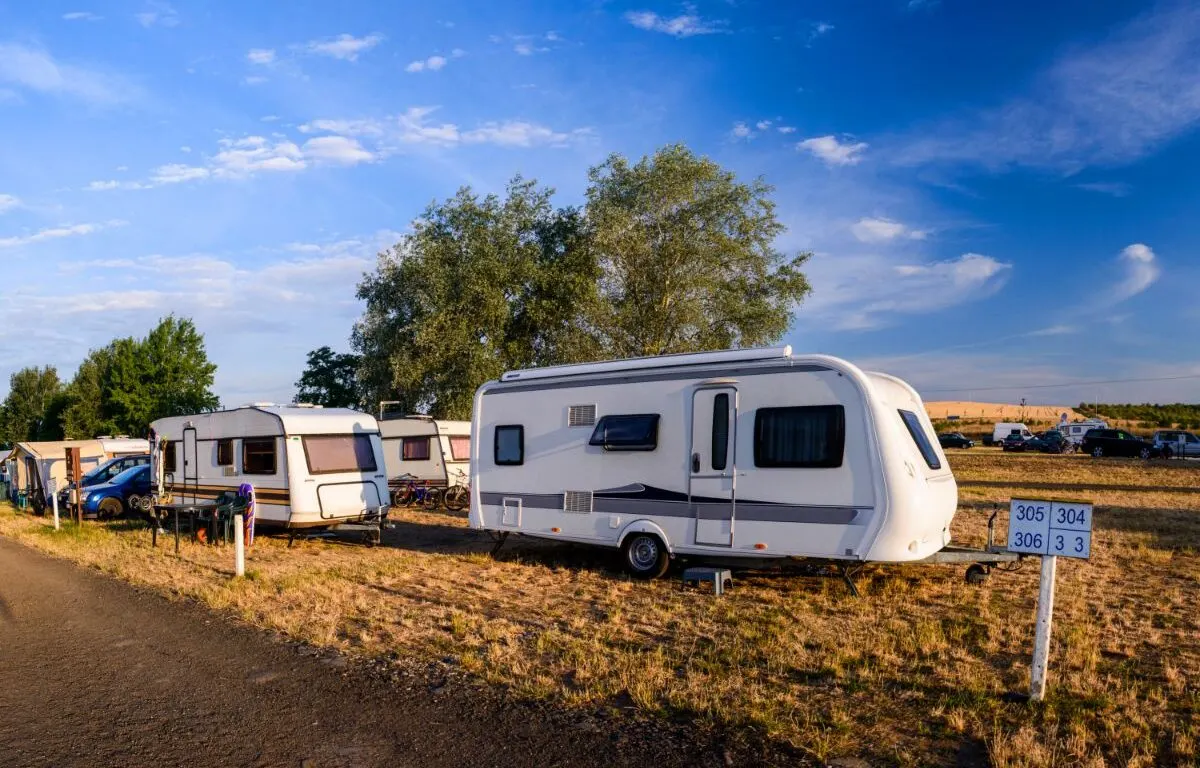
Usually, it’s easy to see the difference between aluminum and fiberglass RVs just by looking at them. Aluminum-sided trailers have ridged siding, and fiberglass trailers have smooth siding.
One exception is the Airstream trailer. Its distinctive rounded shape and smooth siding may be mistaken for fiberglass. However, Airstream trailers are made with lightweight and durable aluminum siding.
Both aluminum and fiberglass siding have distinct advantages and shortcomings. So, which one is right for you? Read on to learn more about owning each type of RV.
Aluminum RV Siding
Aluminum siding became popular among RV enthusiasts and manufacturers once it became widely available. The oldest aluminum-sided RVs date back to the 1940s. Because aluminum siding is so durable, you can still find the occasional original model on the market today.
Aluminum RVs have a low purchase cost compared to fiberglass, and they are easier to repair and maintain. However, aluminum can be dented easily from hail, rocks on the road, and other flying debris.
Fiberglass RV Siding
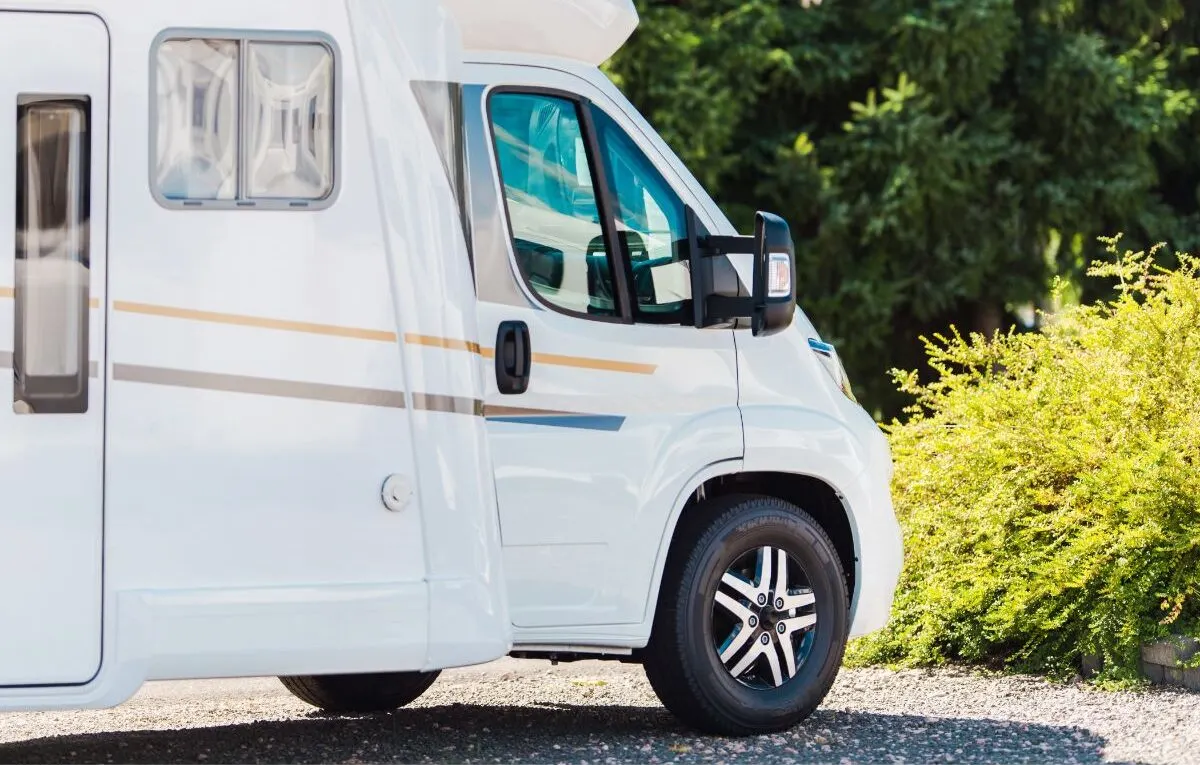
The first RVs with fiberglass siding were made in the late 1960s. Fiberglass siding is produced using thin glass fiber. Fiberglass RVs have a more contemporary look than most aluminum RVs, with a smooth and seamless-looking exterior.
Many people prefer the visual appeal of fiberglass, and fiberglass siding boosts the RV’s resale value.
Fiberglass is easier to clean than aluminum, and it is more dent-resistant. Fiberglass RVs are better insulated and more noise resistant than single-layered aluminum RVs.
Aluminum vs. Fiberglass RV Upkeep
Caring for aluminum siding
Caring for aluminum travel trailers requires some effort. You must hand wash the exterior using non-abrasive brushes and ensure that water does not get inside the walls through the seams. Power-washing is not a good option for cleaning an aluminum RV.
Any all-purpose cleaner should be safe to use on an aluminum RV. You may use bleach to remove or prevent mold and mildew. You can wax your aluminum trailer to preserve the colors and make it more waterproof.
Aluminum can oxidize quickly, so you may want to cover your aluminum RV with a tarp or RV cover when not in use, even when it’s indoors.
Caring for a Fiberglass RV
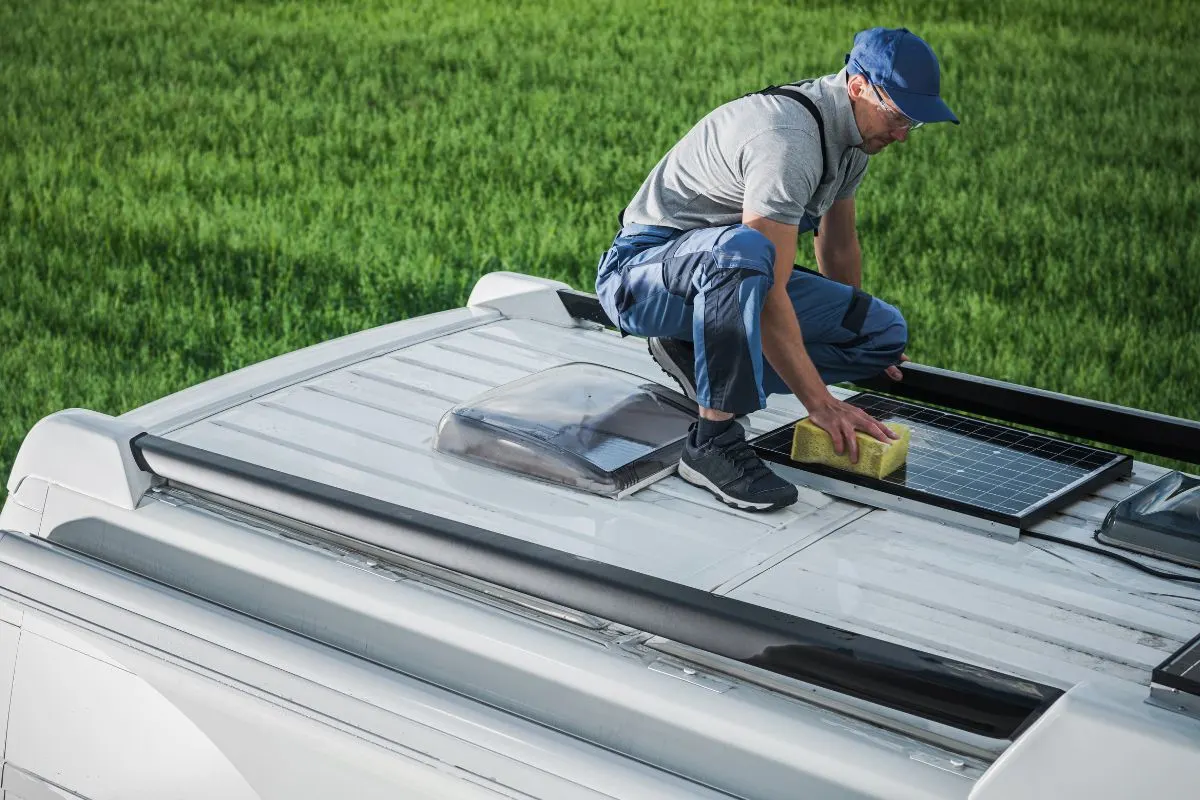
Cleaning fiberglass siding is easy. Wash the siding by hand using regular brushes or power-wash fiberglass exteriors without worrying about water getting inside the walls through seams and rivets. Use a specialized fiberglass RV cleaner or regular dish detergent.
Apply bug and tar remover to get rid of sticky debris. Because fiberglass is less durable than aluminum and can fade more quickly, it’s good to get an annual professional waxing for your fiberglass RV.
It’s best to store your fiberglass RV indoors when not in use. If you keep it outside, cover it with an excellent all-weather reflective RV cover and park it in a shady area.
Value
Fiberglass RV
- More Expensive – Because fiberglass siding costs more to produce than aluminum, fiberglass RVs cost more to purchase than aluminum RVs. If your budget allows, consider purchasing a fiberglass RV. You can find a new fiberglass 20 ft RV for around $35,000. A more souped-up model can run to $100,000 or more.
- High Resale Value – Classic design, a wide range of color and design options, and a sleek, contemporary look make fiberglass RVs reasonably timeless. If you plan to re-sell your RV, a fiberglass RV will hold its value better than an aluminum-sided one.
Aluminum RV

- Lower Cost – Aluminum RVs cost less than fiberglass to produce, so they are cheaper to purchase upfront, whether new or used. If you have a lower budget to spend on your RV, consider purchasing an aluminum RV. If you would pay $75,000 on a fiberglass model RV, you can get an aluminum model for around $45,000, or nearly half the price. Purchasing an aluminum RV provides an excellent option for first-time RV buyers.
- Low Resale Value – Aluminum RVs are not as popular as fiberglass RVs today, and lower demand means lower resale value. A lower resale value makes aluminum campers ideal for long-term use.
Weight
In general, aluminum siding is lighter, but fiberglass siding is more aerodynamic, making it a fair match.
Fiberglass
Some fiberglass RVs can be pretty heavy depending on the frame type below the RV. This weight may make a fiberglass RV bulky to drive for long distances. However, fiberglass RVs’ smooth siding and aerodynamic shape may make them more gas-efficient in the long run, especially in gentle, flatter terrain.
Aluminum
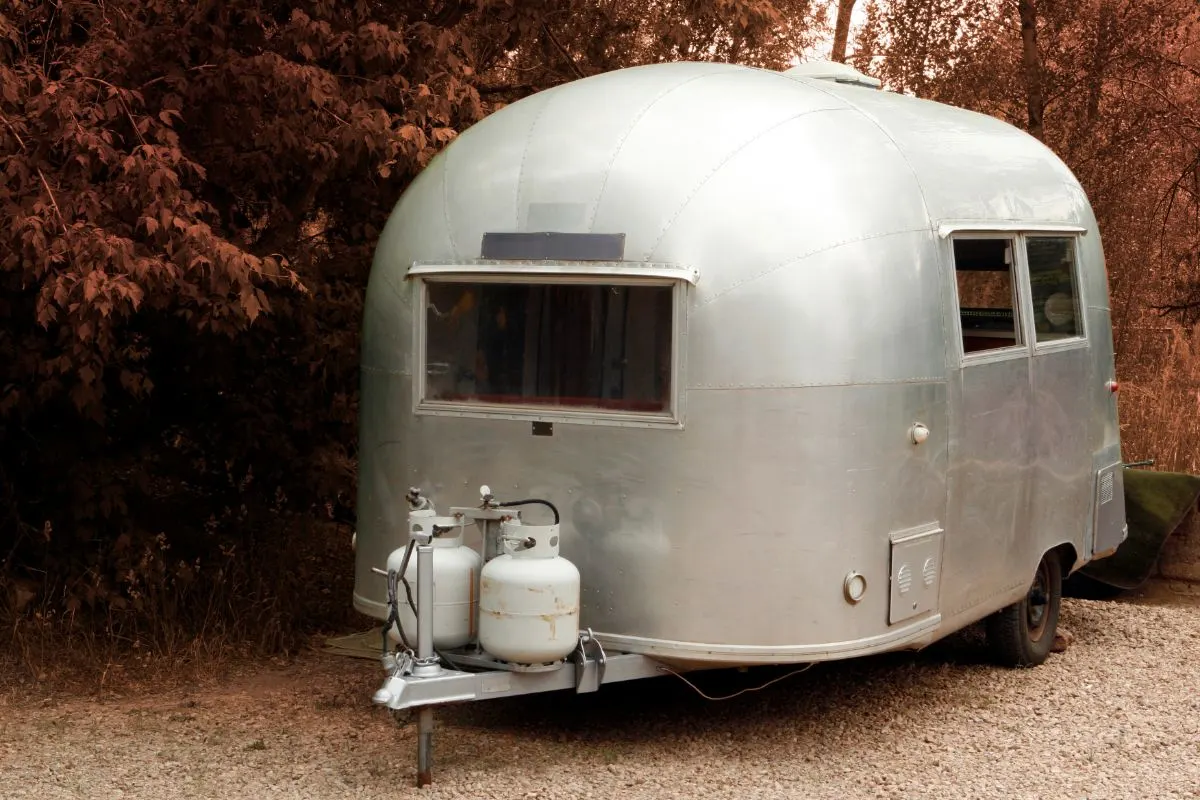
Aluminum siding is much lighter than most fiberglass. The lower weight of aluminum RVs makes them a better option to drive long distances and may allow you to save on gas money, particularly in mountainous or extreme landscapes.
Insulation
If you plan to travel in harsh climates, whether hot or cold, insulation matters a great deal.
Fiberglass
Fiberglass RVs contain fiberglass or foam insulation to help keep the indoor climate comfortable and temperate, even in extreme weather conditions. Insulation makes fiberglass RVs better protected against harsh temperatures, both hot and cold.
Aluminum
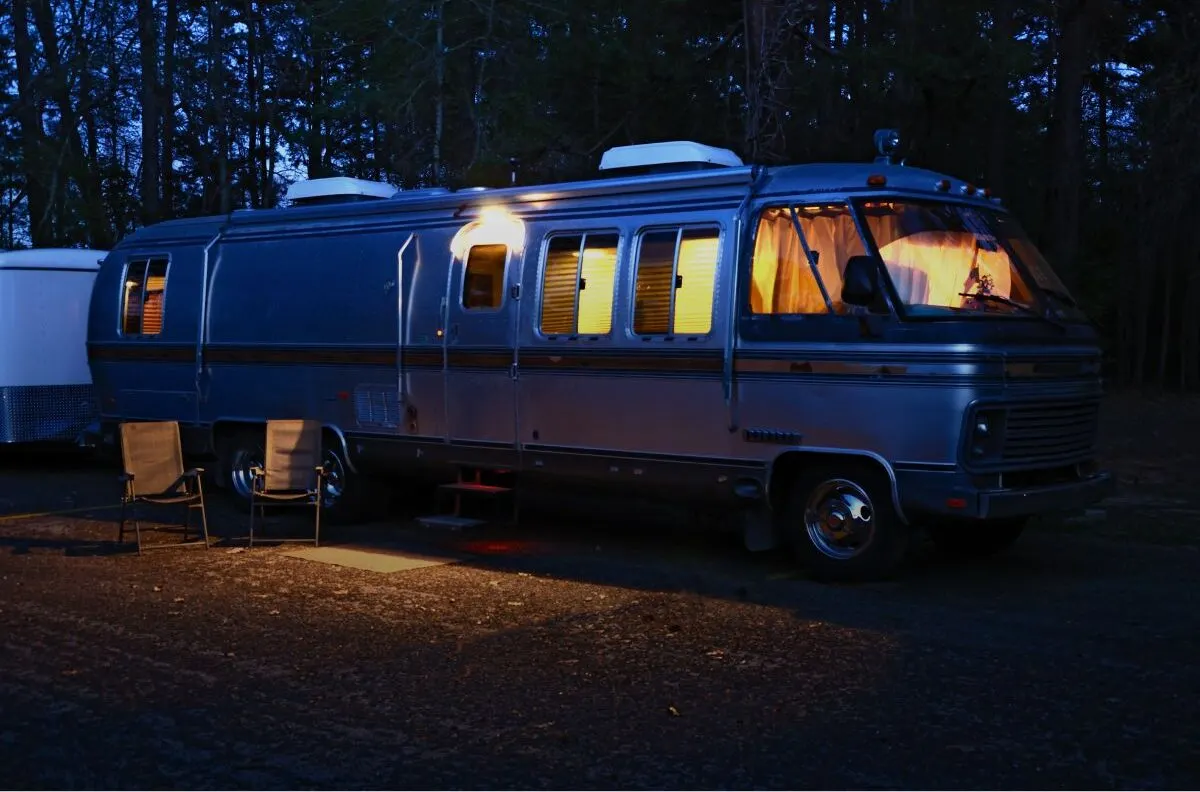
Insulation in aluminum RVs comes from the wood framing. Instead of insulation, this framing helps block heat or cold from moving through the wall. And aluminum RVs may have more layers than fiberglass RVs, providing sufficient protection for mild climates.
Because there is no insulation, aluminum siding offers better breathability than fiberglass siding, reducing mold and mildew growth.
Longevity
Fiberglass RV
The average fiberglass RV can last from 10 to 12 years. However, they can last longer with proper regular maintenance and sufficiently protected storage.
Regular maintenance and repairs will keep a fiberglass RV in good shape longer. The best way to maintain a fiberglass RV is to have it repainted when necessary.
Aluminum RV
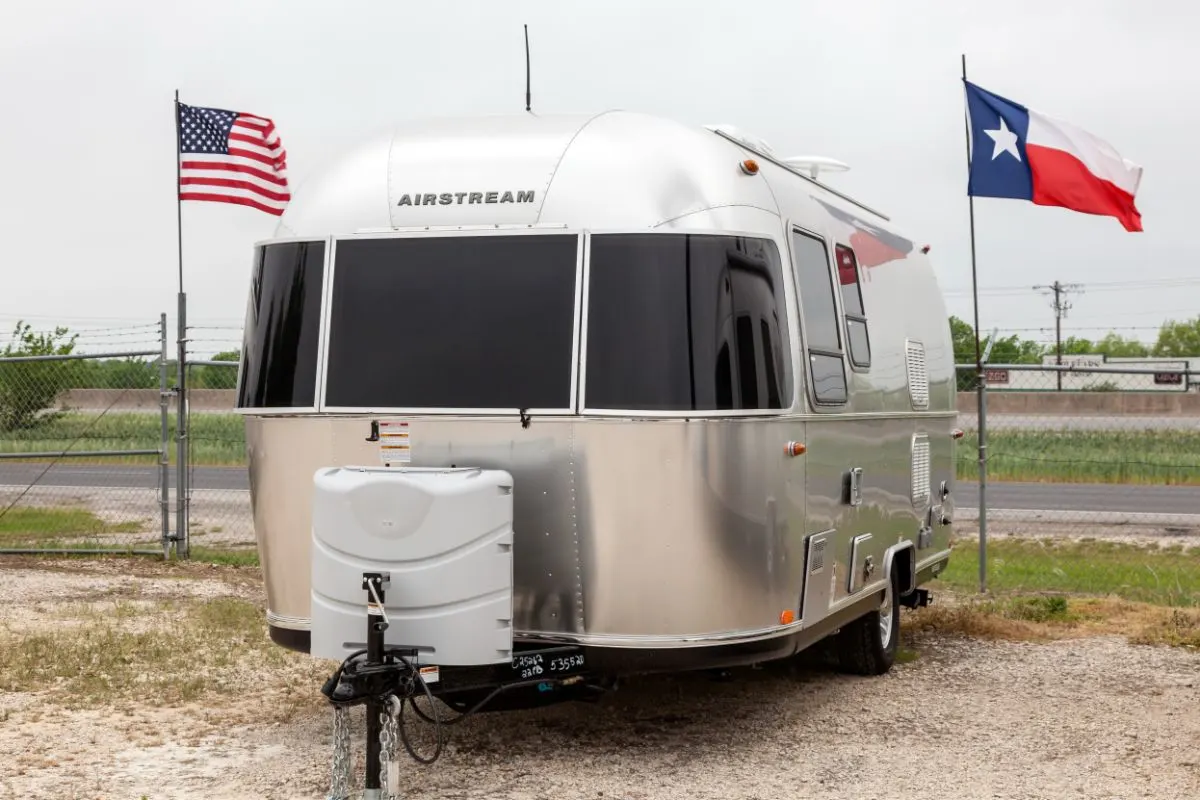
Aluminum RVs have been around longer than fiberglass and have proven to last for decades. An aluminum RV can last 30 years with proper care, maintenance, and storage. Repairs and maintenance for an aluminum RV tend to cost less than for a fiberglass model.
Aluminum vs. Fiberglass RV? Pros and Cons
Here’s a quick breakdown of aluminum vs. fiberglass RVs discussed in this article.
Aluminum RV Pros and Cons
Pros:
- Lower cost to purchase
- Easier to repair and replace parts
- Usually more lightweight to tow
- Colors stay vibrant longer
Cons:
- Harder to clean
- Lower resale value
- Prone to denting
Fiberglass RV Pros and Cons
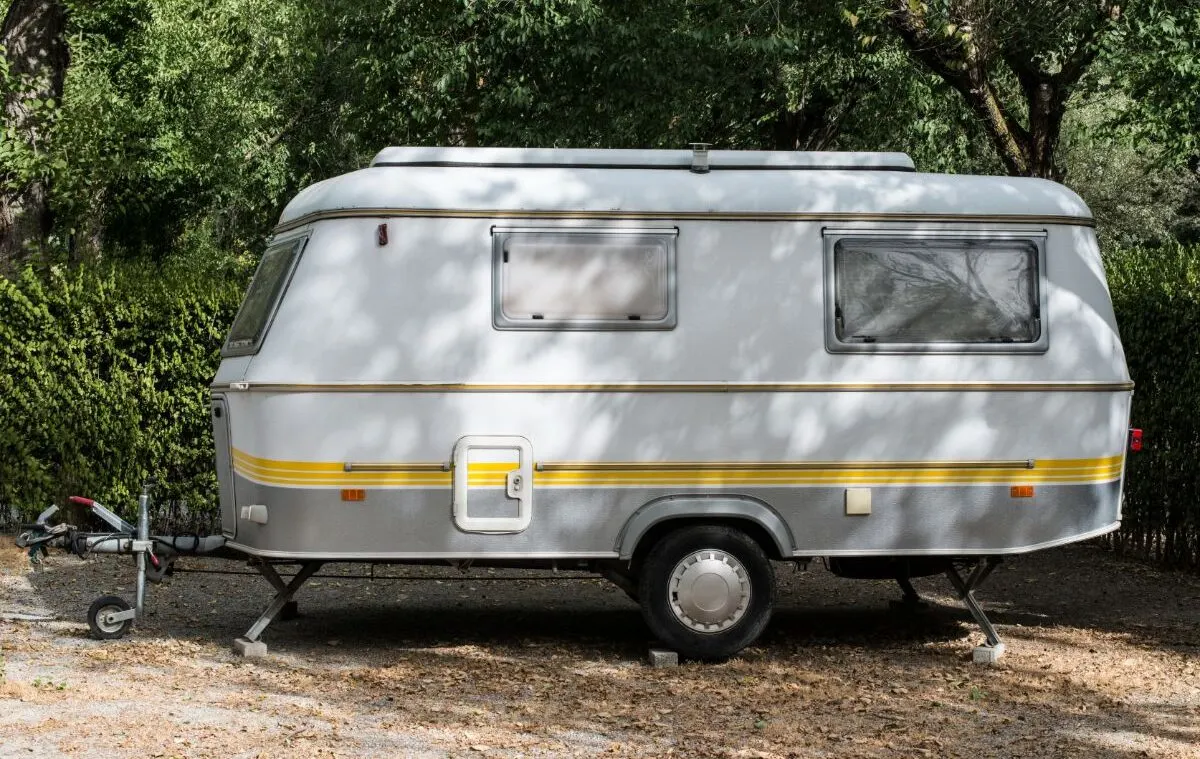
Pros:
- Good aerodynamics for longer trips
- Better insulated and quieter
- Easy to clean
- Higher resale value
Cons:
- Expensive to purchase
- Harder to replace or repair siding
- Color fades quickly
Aluminum vs. Fiberglass RV. Which One Is Right For You?
Aluminum and fiberglass each have their pros and cons, so ultimately, there’s no single clear winner. The best RV siding for you depends on your unique needs and how you want to use the RV.
Aluminum may be the best choice if you’re on a lower budget and plan to use your RV for many years.
On the other hand, if you can afford something pricier and want something that will hold its resale value, fiberglass could be better for you.
We hope this overview of the difference between aluminum and fiberglass RVs has helped you understand which type of siding meets your needs best.
